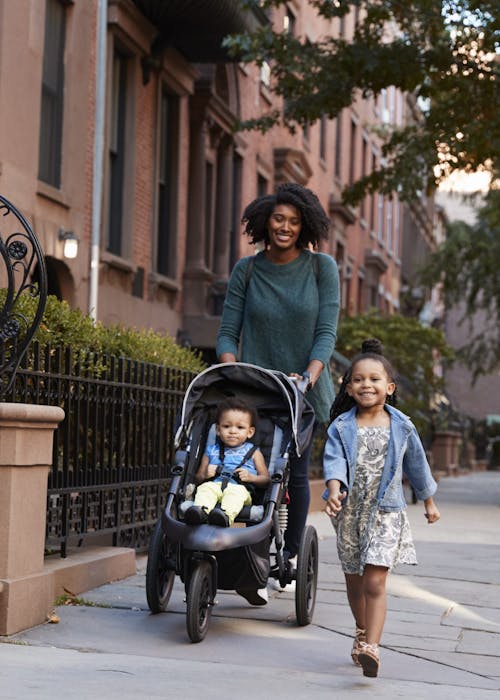

Proposed U.S. Public Charge Rule Threatens NYC Kids, Families
Insights
December 3, 2018
This Op ED was originally published as an CityViews opinion column in City Limits on November 19, 2018.
The past two years have seen a wave of anti-immigrant policy proposals at the federal level that have resulted in a climate that threatens the very fabric of our society. We have witnessed proposals to enact a travel ban, separate migrant children from their parents at the border, extend detention of migrant children indefinitely, limit the number of refugees our country accepts, make it harder for victims of domestic and gang violence to seek asylum, and proposals to alter the census survey in ways that would trigger lower participation and an undercount of population.
Many of these proposals are being litigated and challenged, and thousands of concerned community members across the country have raised their voices to object to them. New York City is a city of immigrants, and it is critical we continue to do everything possible to protect and celebrate the strength and diversity of residents in this great city.
In CCC’s recent analysis of data from the American Community Survey, put out by the US Census Bureau, we see how this diversity exists in each of New York City’s 59 community districts. Three million New York City residents were born outside of the United States, including around 130,000 children. At least one in every six people in every community district was born outside of the U.S. In nine communities, all of which fall in Queens and Brooklyn, the proportion is one in two. Furthermore, the majority of all New York City children (54% or 968,000) have at least one foreign-born parent.
The census data also show the extent to which families who are foreign-born and/or lack citizenship often have strikingly different lived experiences than native-born families. While the poverty rate for native-born families with children mirrors that of all New York families, foreign-born naturalized heads of households were far less likely to live in poverty (16.2%) than those who were not citizens (28.6%). But while foreign born naturalized households are less likely to live in poverty, they also have a lower median income ($58,162) than native born households ($67,048). The median income of non-U.S. citizens is even lower ($48,328).
Today, New York City and our immigrant communities face the threat of a proposed federal “public charge” rule. This proposal would create new barriers for immigrants seeking a visa or lawful entry into the U.S. if they are lower-income or use certain healthcare, housing, and nutrition benefits. It would also penalize immigrants for factors such as having a large family, being a child or senior, or having a chronic illness or disability.
If this proposal is adopted, according to city estimates, it would have a devastating impact on half a million New Yorkers. There is also concern that fear and confusion surrounding this proposal may lead hundreds of thousands of New Yorkers to withdraw from or forgo public services and benefits. In fact, community-based organizations are already reporting that many immigrant families are withdrawing from critical public nutrition programs and services like WIC and SNAP (food stamps) out of fear that their immigration status will be negatively impacted. In turn, New York City and immigrant communities face new risks of rising homelessness and housing instability, food insecurity, inadequate healthcare, and economic instability.
As New Yorkers we must protect our city and all city residents, recognizing and championing the diversity, strength and opportunity for mobility that we collectively believe in.
Bijan Kimiagar, Marija Drobnjak and Sophia Halkitis are research staff at Citizens’ Committee for Children of New York (CCC) which is home to Keeping Track Online, the most comprehensive database on child, family and community well-being in New York City.



